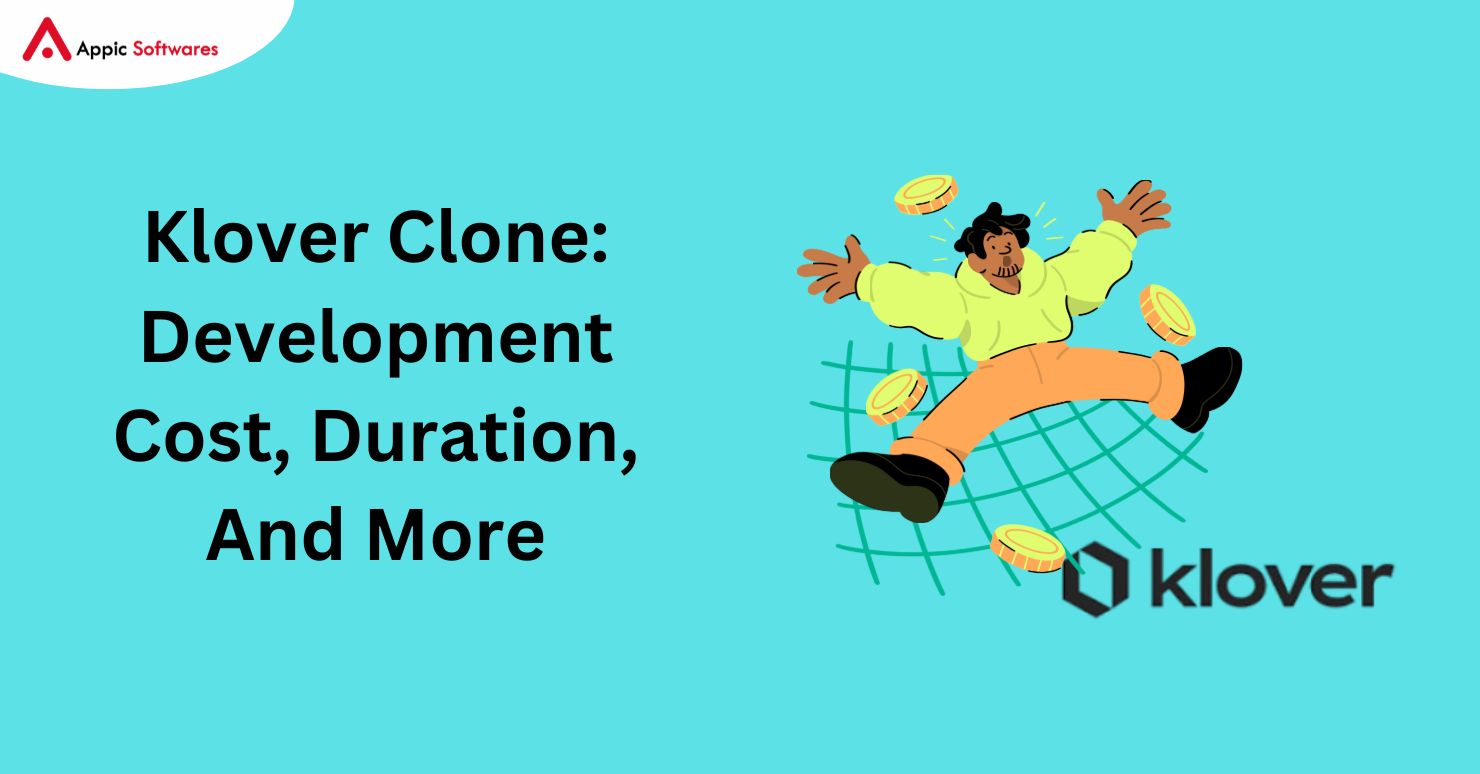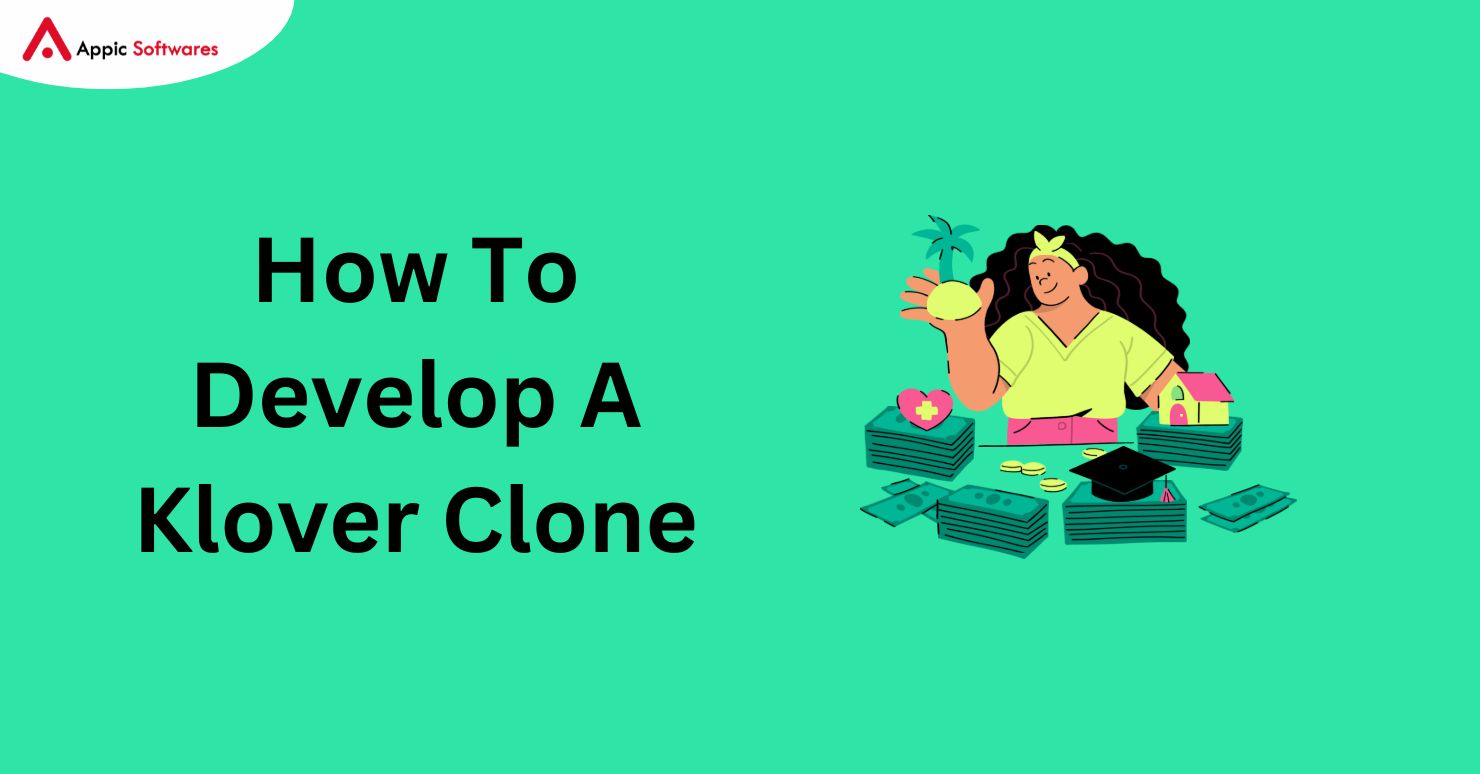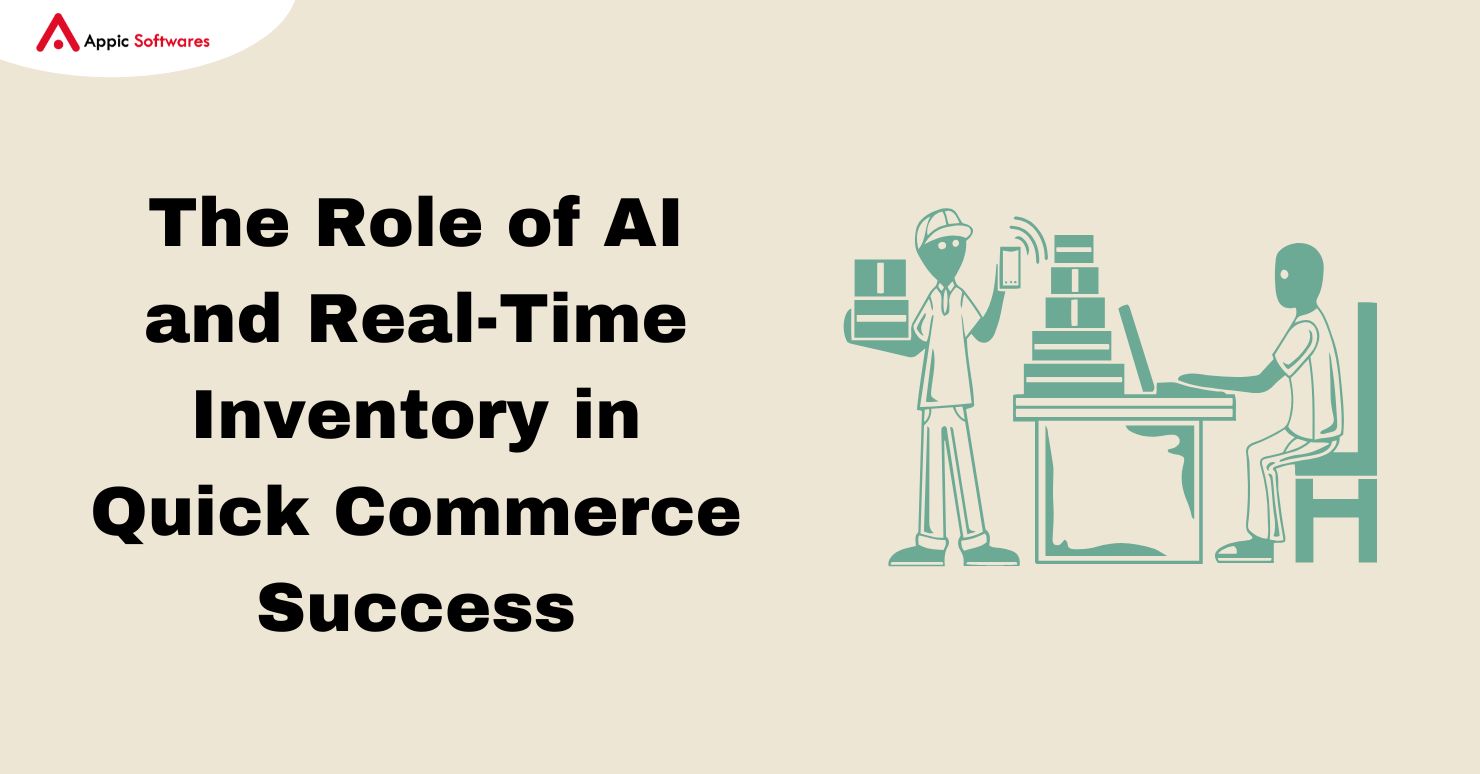
The financial landscape is evolving rapidly, and apps like Klover have revolutionized the way individuals manage their finances. With the demand for similar applications skyrocketing, businesses are exploring the idea of developing Klover-like apps to cater to users seeking quick, hassle-free financial solutions. This article delves into the development cost, duration, features, and essential aspects of creating a Klover clone in 2025.
Understanding The Klover Clone Model
Klover is a financial app designed to provide users with access to cash advances without interest or credit checks. Its primary appeal lies in its user-centric approach, offering instant financial assistance. By integrating data analytics, secure authentication, and personalized recommendations, Klover delivers a seamless user experience.
A Klover clone replicates this successful model, offering a range of financial services while allowing for customizations that cater to a target audience or niche. Partnering with a skilled mobile app development company ensures that the clone not only meets technical and functional requirements but also aligns with industry standards. This makes it an attractive proposition for startups and enterprises aiming to enter the fintech sector.
Key Features Of A Klover Clone
To create a competitive Klover clone, it is essential to integrate features that resonate with user needs. Some of the primary features include:
1. Instant Cash Advances
A core functionality of the Klover app is providing cash advances without interest. Replicating this feature involves advanced algorithms that evaluate user financial data securely and accurately.
2. Secure User Authentication
The app must prioritize user security by incorporating biometric authentication, two-factor authentication, and data encryption.
3. Financial Tools And Insights
Features such as budgeting tools, spending analytics, and financial goal tracking enhance user engagement and provide added value.
4. Seamless Integration With Bank Accounts
Secure integration with users’ bank accounts allows for smooth transactions and data retrieval, ensuring a hassle-free experience.
5. Push Notifications And Alerts
Timely reminders for repayments, promotional offers, and personalized insights keep users engaged with the app.
6. Rewards And Incentives
Introducing a reward system for timely repayments or app referrals encourages user loyalty and enhances app retention rates.
How To Develop A Klover Clone

Developing a Klover clone involves a systematic, well-planned approach to create an app that meets user expectations, ensures seamless functionality, and complies with regulatory standards. Here’s a detailed step-by-step guide to building a Klover-like app:
1. Conduct Comprehensive Market Research
Market research is the foundation of any successful app development process. Analyze the current trends in the fintech industry and study your target audience’s preferences and pain points. For example, the global fintech market is projected to reach $556.58 billion by 2028, growing at a compound annual growth rate (CAGR) of 19.8% from 2021 to 2028. Understanding this demand will help you craft a solution that aligns with user expectations.
Research competitors like Klover, Dave, and Earnin to identify their strengths and weaknesses. For instance, Klover has gained popularity with over 3 million users, emphasizing the growing demand for apps offering financial tools and cash advances.
2. Define Features And Functionalities
Carefully outline the core and additional features that your app will offer. A study shows that most of fintech app users prioritize features like speed, security, and convenience.
Key features to include:
- Instant Cash Advances: The average user of apps like Klover accesses amounts ranging between $100 to $200 for emergencies, making this feature crucial.
- Secure Authentication: Implement biometric or two-factor authentication, as 46% of users prefer apps with enhanced security protocols.
- Financial Tools: Tools like budgeting calculators and expense trackers are increasingly in demand, with most millennials using digital budgeting apps.
Decide whether to replicate Klover’s model or integrate additional features like rewards for timely repayments or educational resources to differentiate your app.
3. Choose The Right Technology Stack
The technology stack significantly impacts the scalability, performance, and security of your app. For a Klover clone, opt for a modern, robust stack. Popular choices include:
- Frontend Development: Flutter or React Native for cross-platform compatibility and a faster development cycle.
- Backend Development: Node.js or Django to handle server-side functionalities.
- Database: MySQL or MongoDB for secure data storage.
Given that mobile payment transaction volumes are expected to exceed $16.62 trillion globally by 2027, using scalable technologies ensures the app can handle high transaction volumes.
4. Collaborate With A Skilled Development Team
Whether you choose an in-house team, freelancers, or outsource to a fintech app development company, ensure the developers have expertise in financial applications.
Outsourcing to cost-efficient regions can help manage budgets. For example, hiring developers in India ranges from $20 to $50 per hour, compared to $100 to $150 per hour in the U.S. Despite the lower cost, the quality of work remains competitive, making it a viable option for startups.
5. Focus On UI/UX Design
An intuitive, visually appealing user interface is crucial for retaining users. A report by Forbes indicates that 88% of users are less likely to return to an app after a poor experience.
Work with experienced designers to create wireframes and prototypes. Ensure the app layout is simple, navigation is seamless, and the design adheres to accessibility standards. Interactive elements like budgeting graphs and user-specific insights can boost engagement by 50%.
6. Build And Integrate Features
Develop the core functionalities such as cash advances, spending analytics, and account linking. Use third-party APIs for integration:
- Plaid API: To link bank accounts securely.
- Stripe or PayPal: For seamless payment processing.
Given that 37% of FinTech app users prioritize smooth transactions, ensuring reliable integrations can significantly enhance user satisfaction.
7. Conduct Rigorous Testing
Quality assurance is essential in fintech app development. According to IBM, the cost of fixing defects after release is up to 15 times higher than during the development phase.
Focus on:
- Functional Testing: Ensure the app handles financial calculations and data accurately.
- Security Testing: Given the rise in data breaches, with 41% of organizations experiencing increased cyberattacks in 2022, robust testing to protect sensitive data is critical.
8. Launch
Once testing is complete, deploy your app on the Google Play Store and Apple App Store. Ensure it complies with their guidelines.
Promoting your app through digital marketing is vital. With 92% of global internet users accessing the web via mobile devices, leveraging app store optimization (ASO) and social media campaigns can maximize your reach. Highlight unique features like no-interest cash advances to differentiate your app.
Factors Influencing The Cost Of Development
The cost of developing a Klover clone depends on various factors, including the complexity of features, technology stack, and development team. In 2025, these aspects are crucial to consider:
1. Feature Complexity
Advanced features such as AI-powered insights, seamless bank integrations, and personalized recommendations increase development costs.
2. Platform Selection
Developing for multiple platforms (iOS, Android, and web) involves additional time and resources compared to a single-platform app.
3. Development Team
The choice between an in-house team, freelancers, or outsourcing to a software development company impacts costs significantly. Outsourcing to offshore developers may offer cost advantages without compromising quality.
4. Technology Stack
Selecting modern technologies ensures scalability and security but may slightly increase the development budget.
5. Third-Party Integrations
Integrations with payment gateways, analytics tools, and financial institutions contribute to additional expenses.
Estimated Cost Of Developing A Klover Clone
The cost to create an app in 2025 varies based on the above factors. On average:
- A basic version of the app with standard features may cost between $25,000 and $50,000.
- A mid-level version with additional functionalities like AI analytics and rewards systems can range from $50,000 to $100,000.
- A high-end version with advanced features, customizations, and enterprise-level security may exceed $150,000.
Choosing the right development team is essential to balance cost with quality. Partnering with a reputed fintech app development company ensures a seamless development process.
How Much Time Does It Take To Develop A Klover Clone
The development timeline for a Klover clone depends on project complexity and team expertise. Typically:
- A basic app takes 3 to 6 months to develop.
- A mid-level app requires 6 to 9 months, including extensive testing.
- A high-end app with advanced features may take 9 to 12 months or more.
Efficient project management and regular communication with developers can help optimize the timeline.
Monetization Strategies For Klover Clone
To make the app profitable, consider implementing effective monetization strategies:
- Subscription Plans: Offer premium features under subscription tiers for users who seek additional benefits.
- Affiliate Marketing: Collaborate with financial institutions and promote their services within the app for a commission.
- Data-Driven Insights: Leverage anonymized user data to provide insights to businesses, ensuring compliance with privacy laws.
- In-App Advertisements: Introduce non-intrusive ads from relevant financial services to generate revenue.
Conclusion
Developing a Klover clone in 2025 presents a lucrative opportunity for businesses aiming to enter the thriving fintech industry. By offering instant cash advances, secure user experiences, and innovative financial tools, a Klover-like app can capture a significant market share. With the right features, a skilled development team, and a robust monetization strategy, you can create a competitive app that resonates with users. Partnering with a reputable fintech app development company ensures your project meets industry standards and achieves long-term success.
Ready to transform your fintech app idea into reality? Contact us today to build a custom Klover clone to your business needs!








